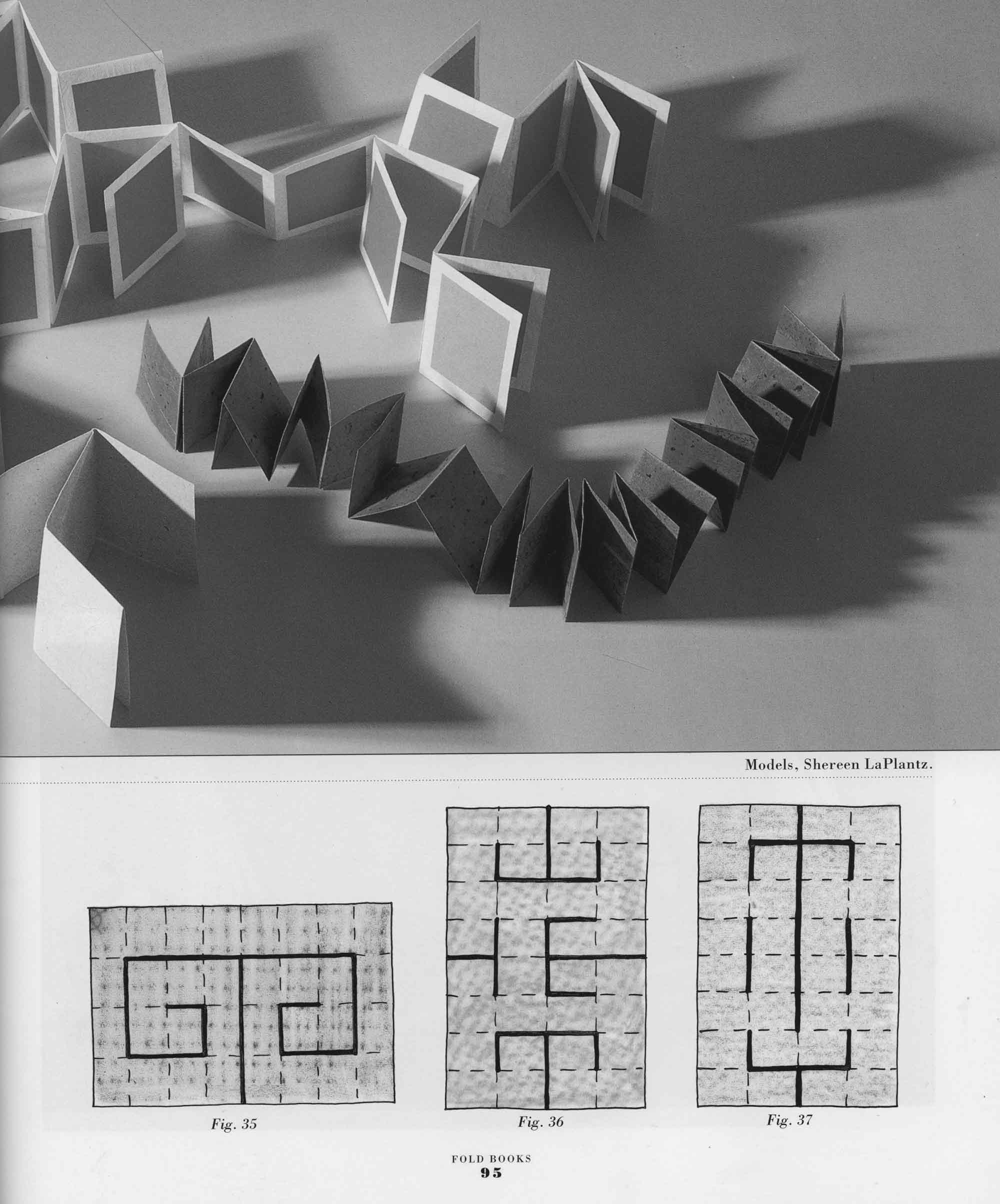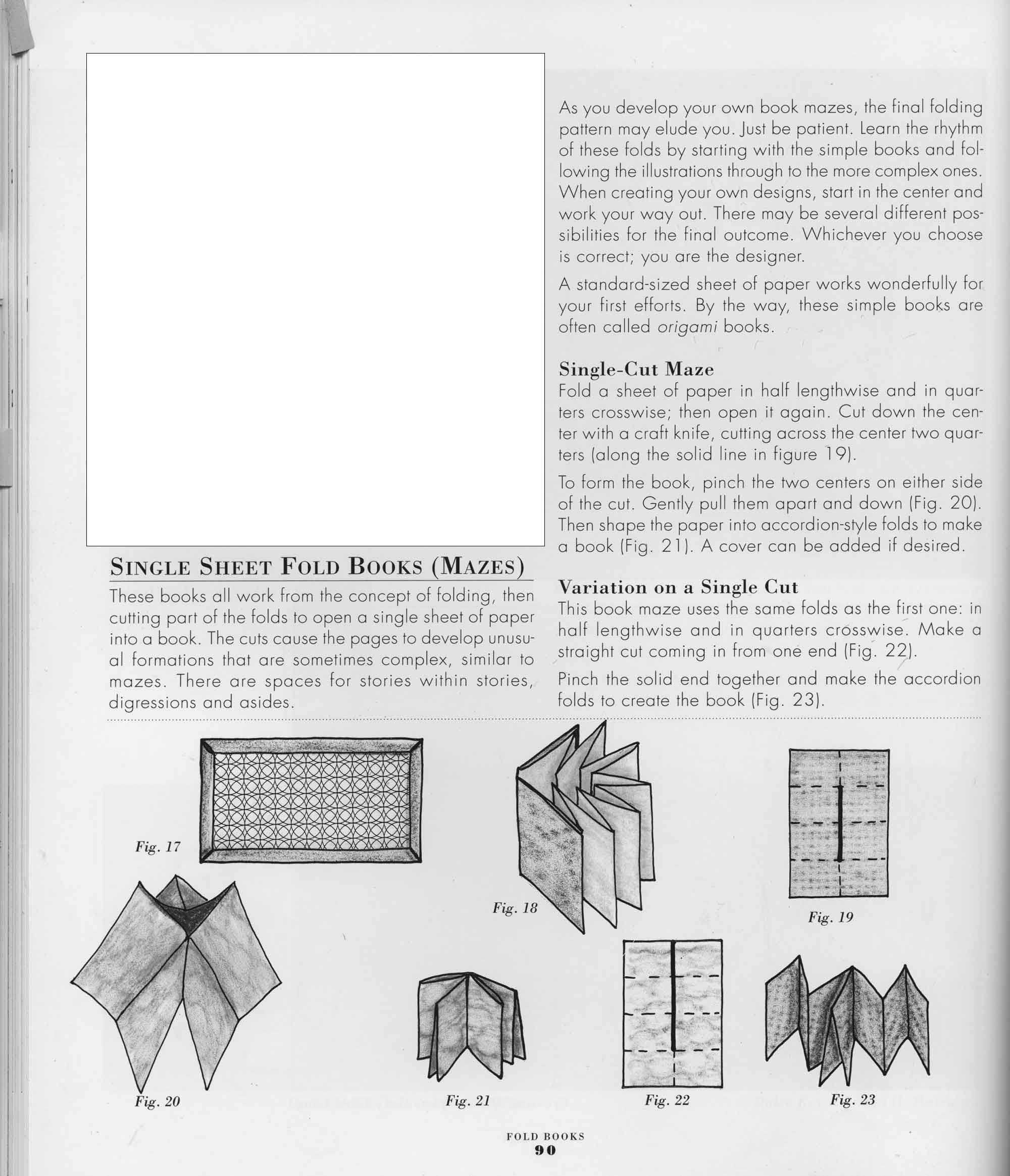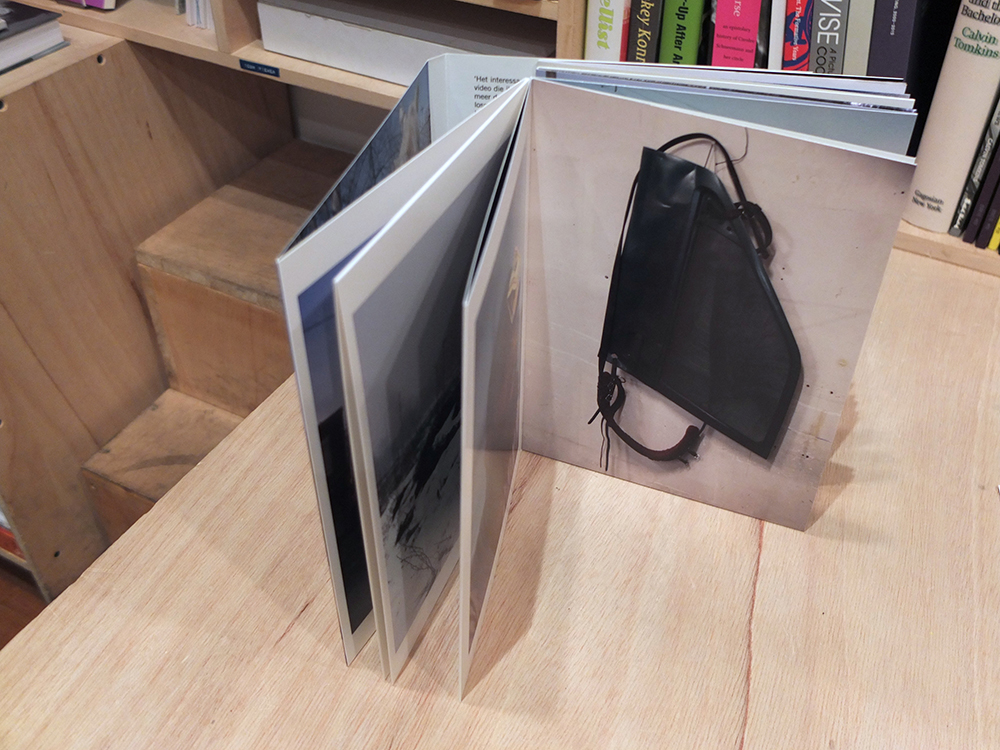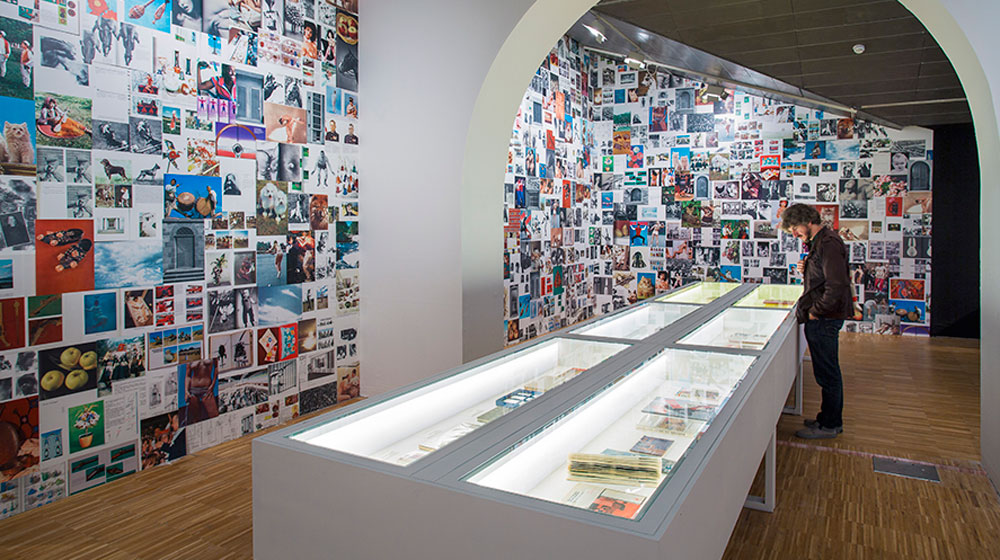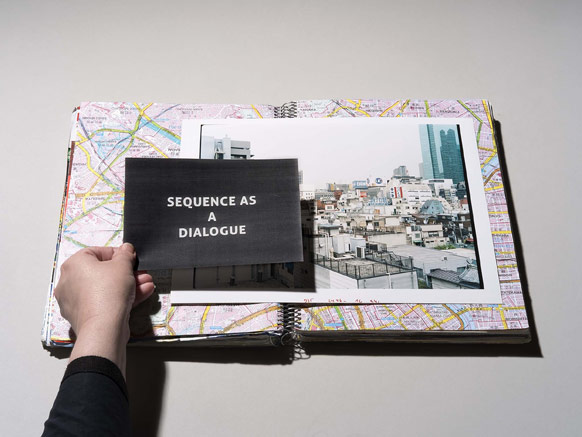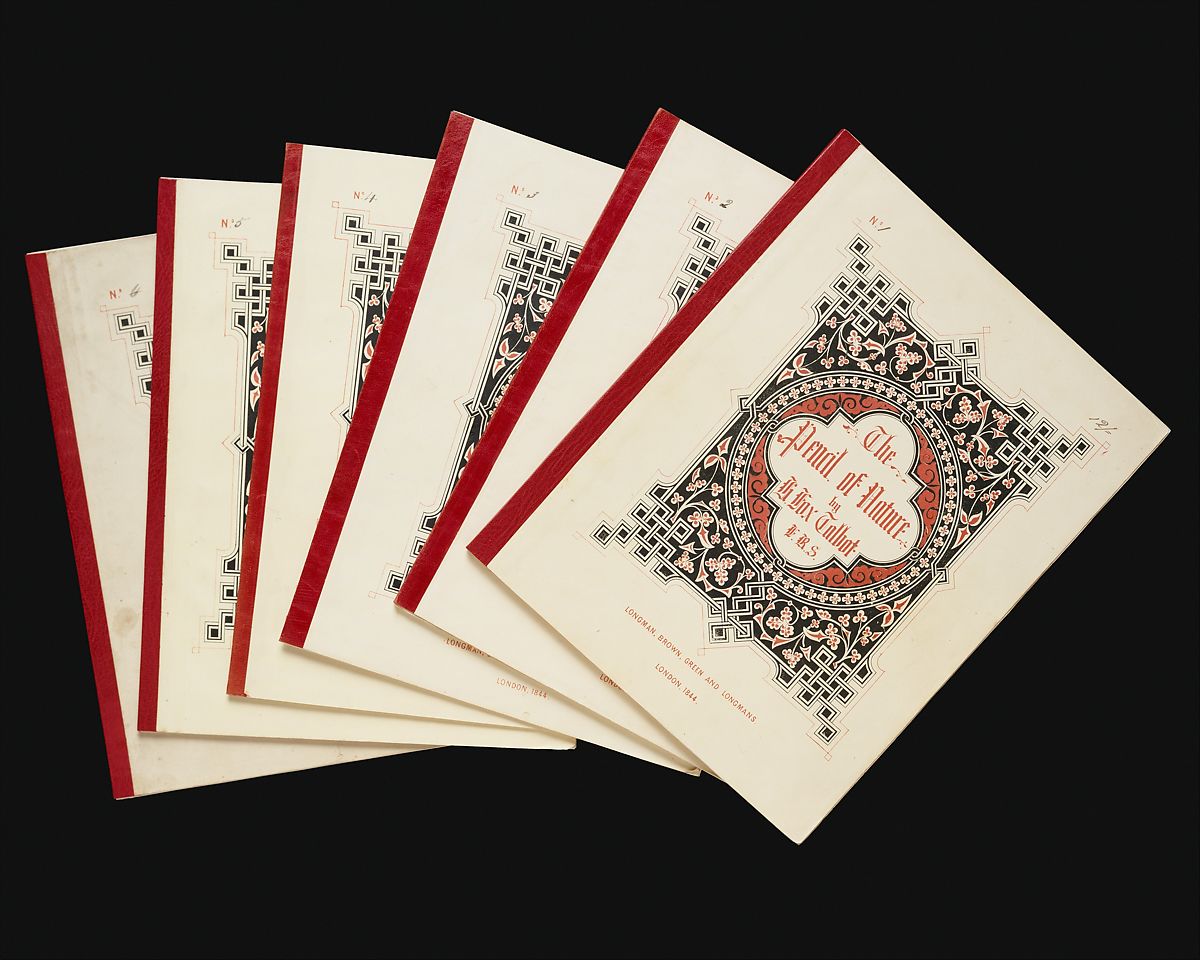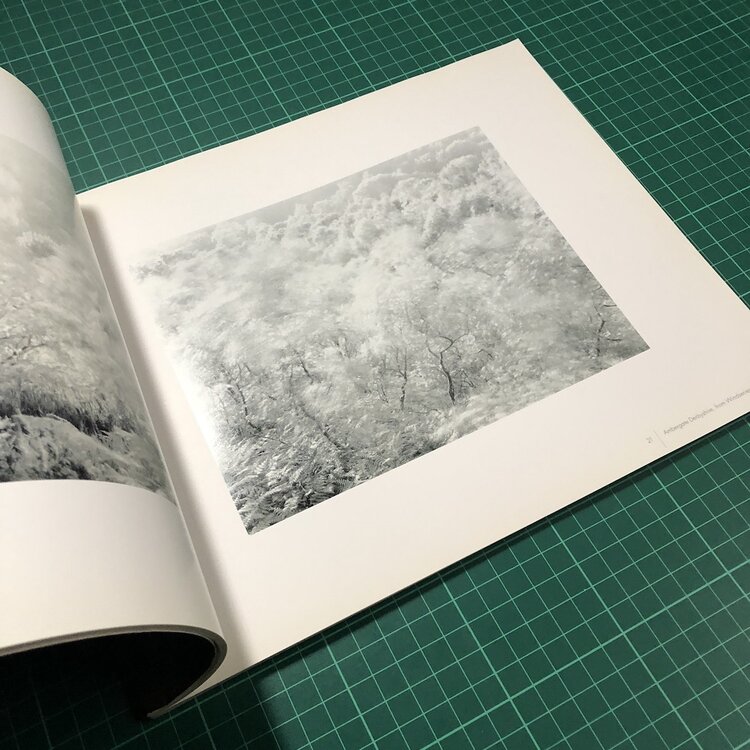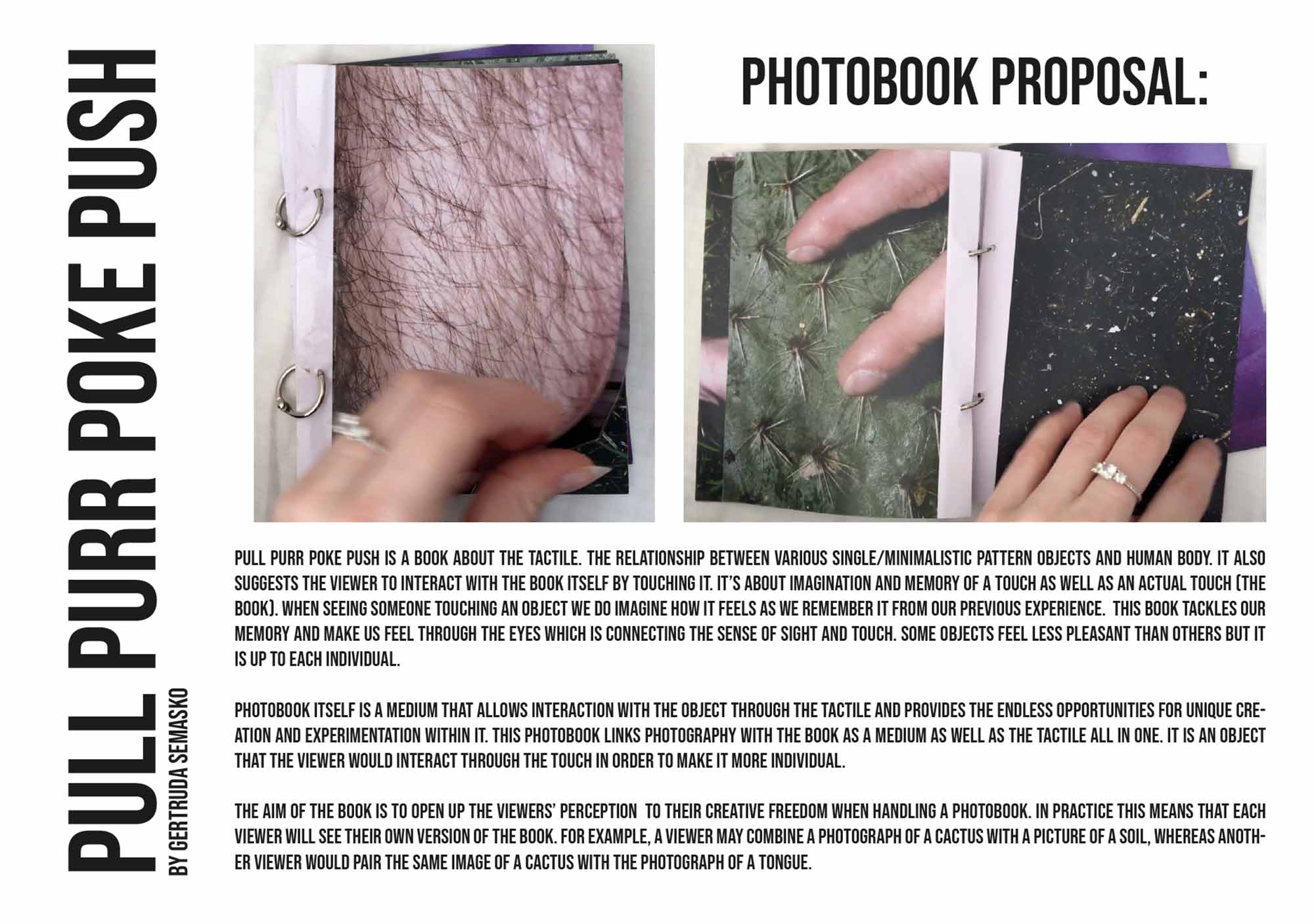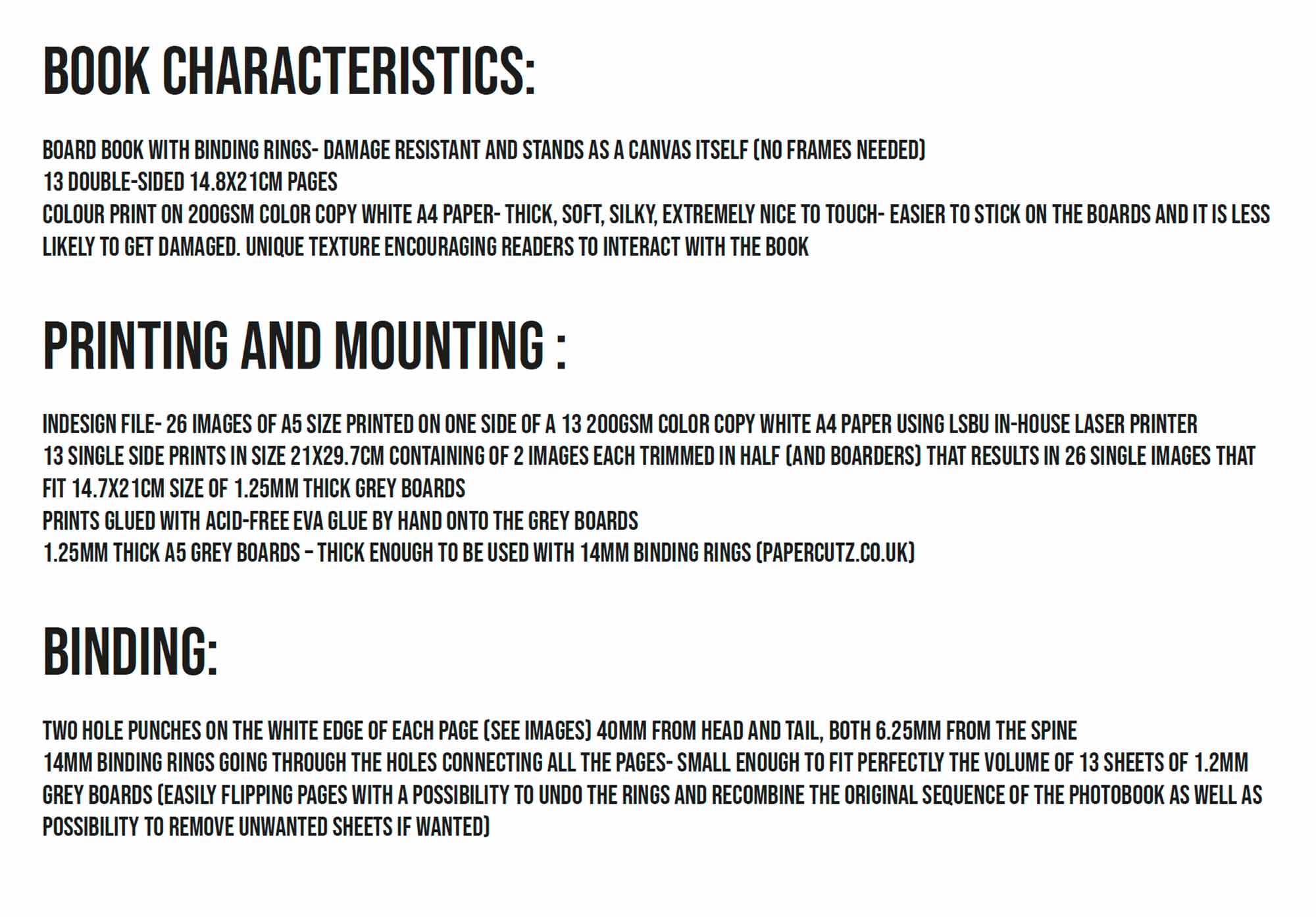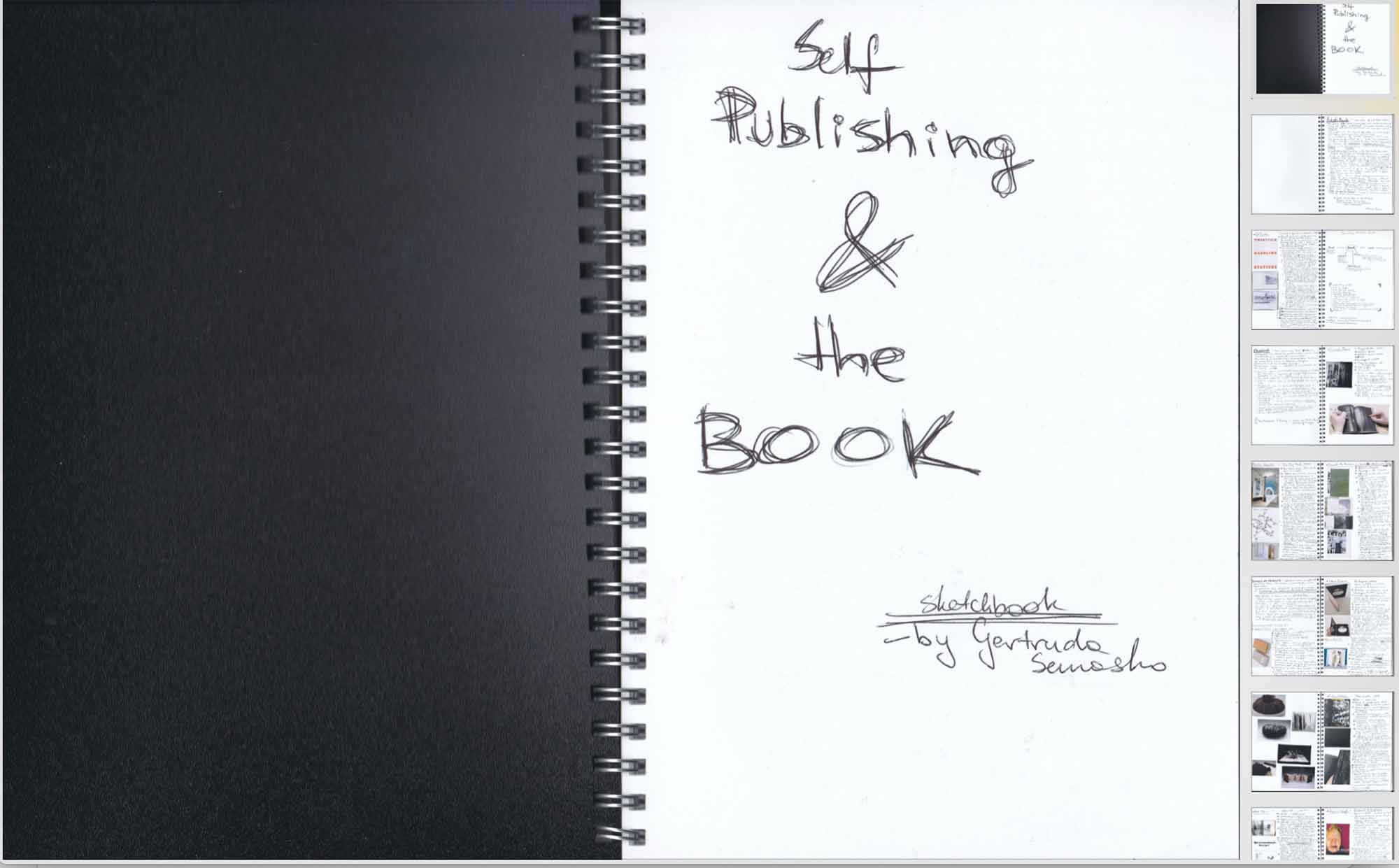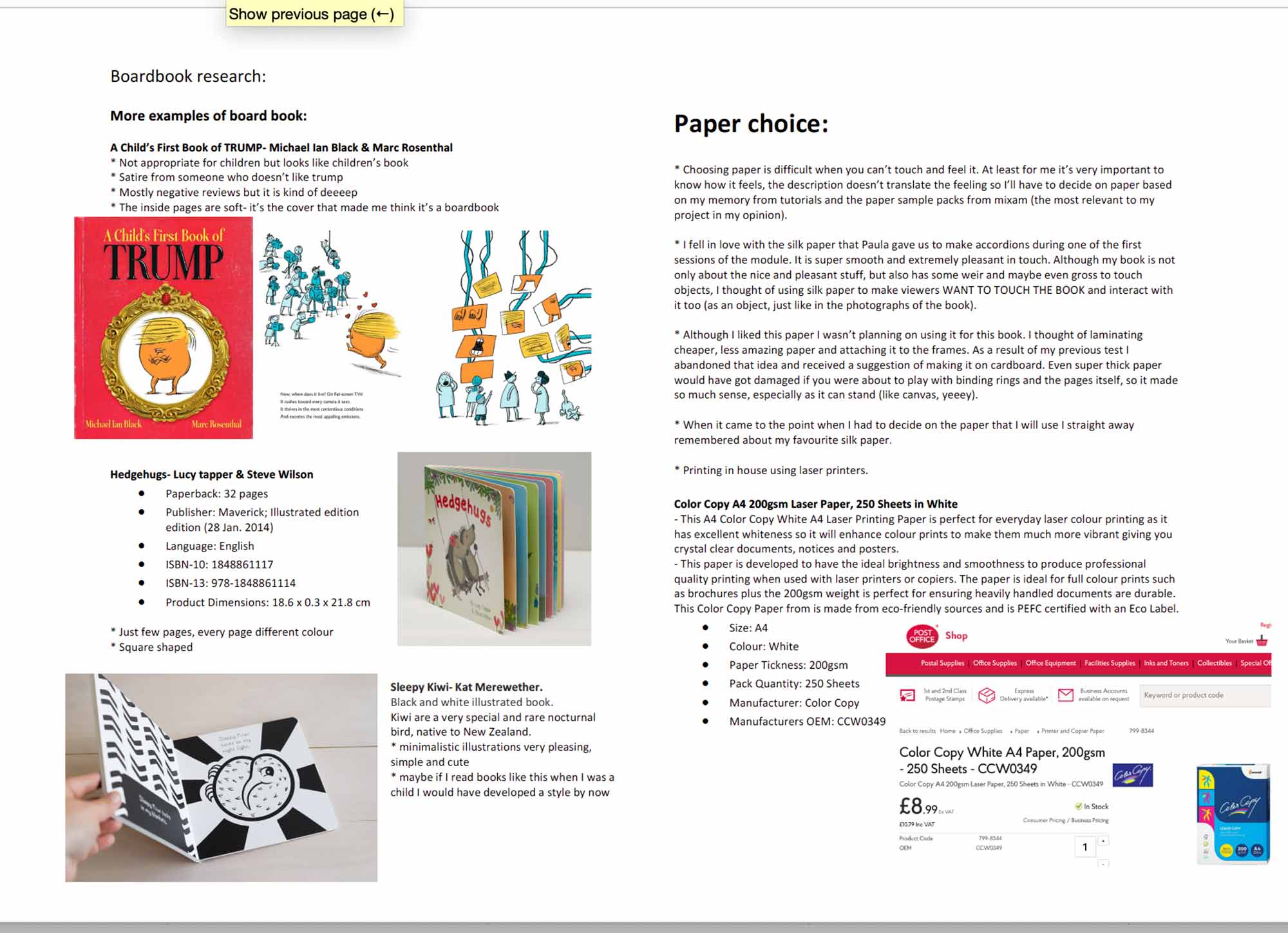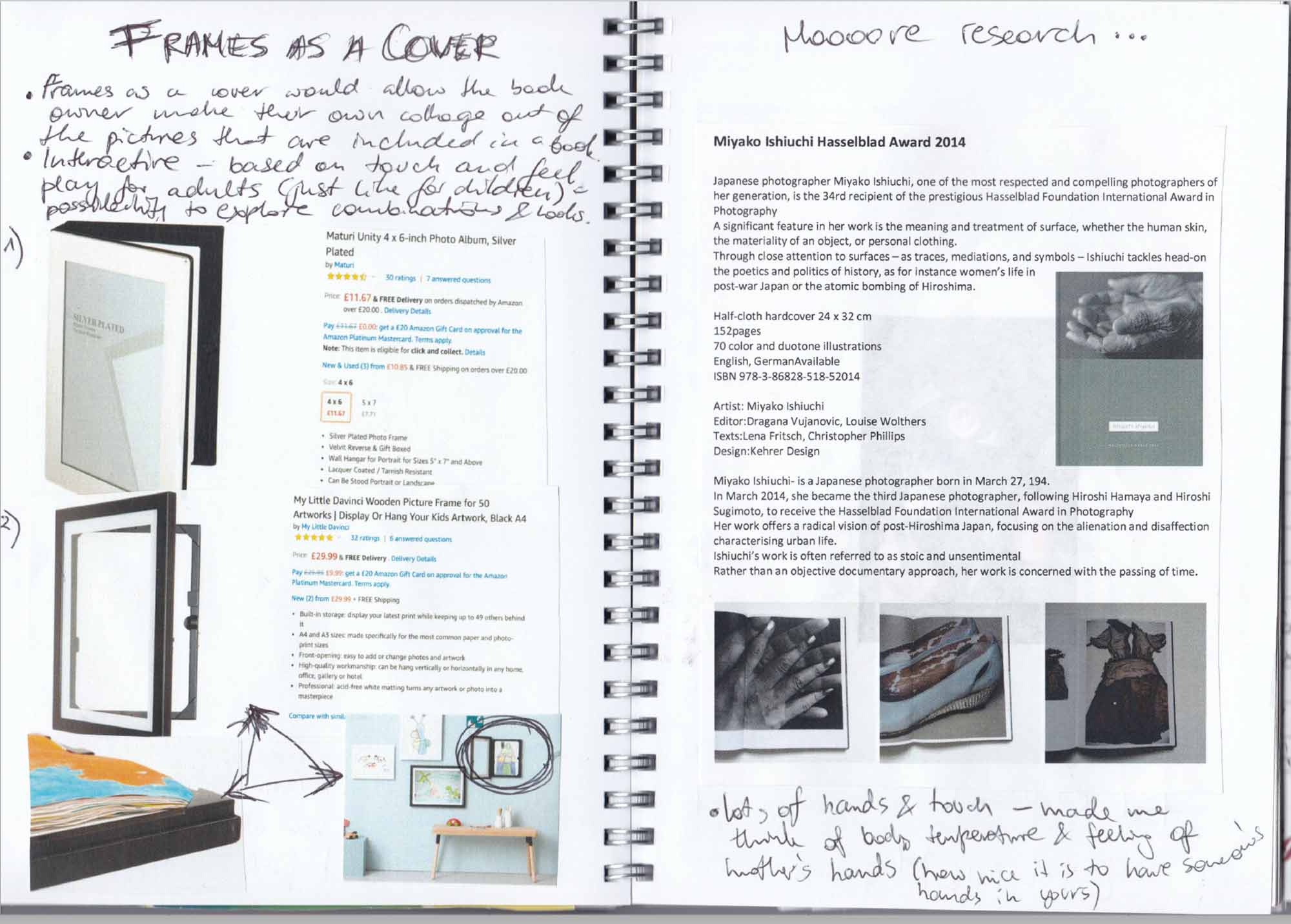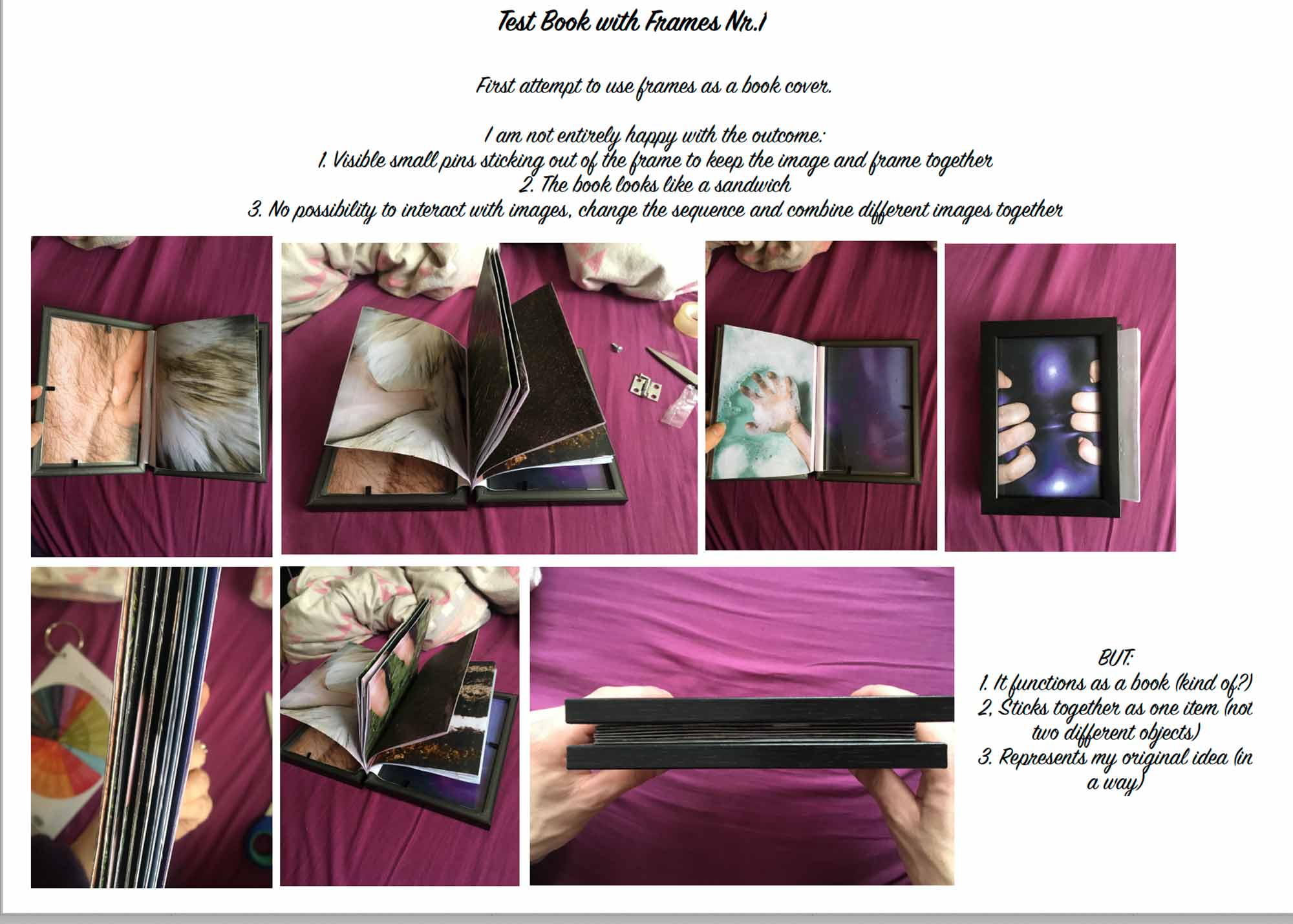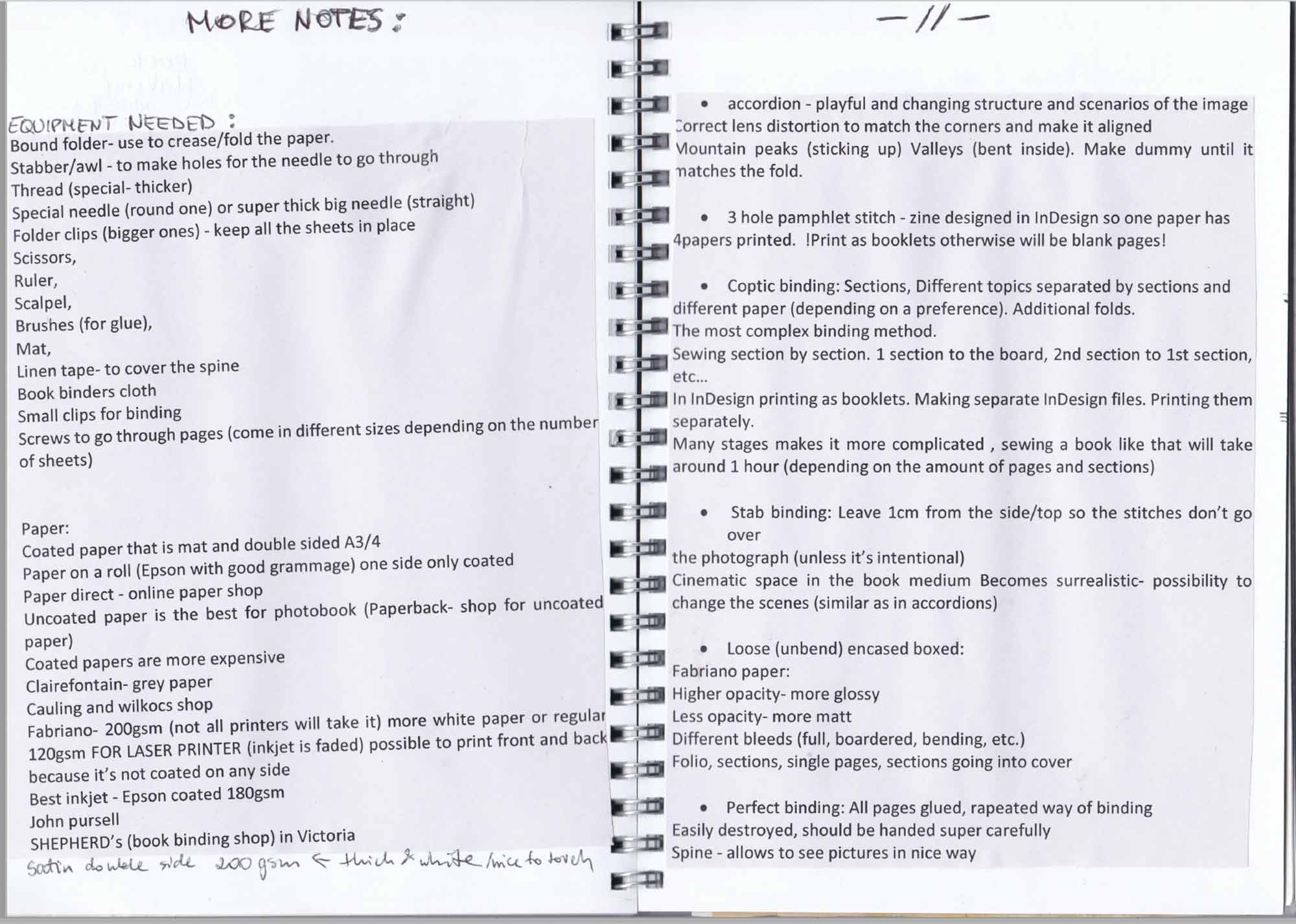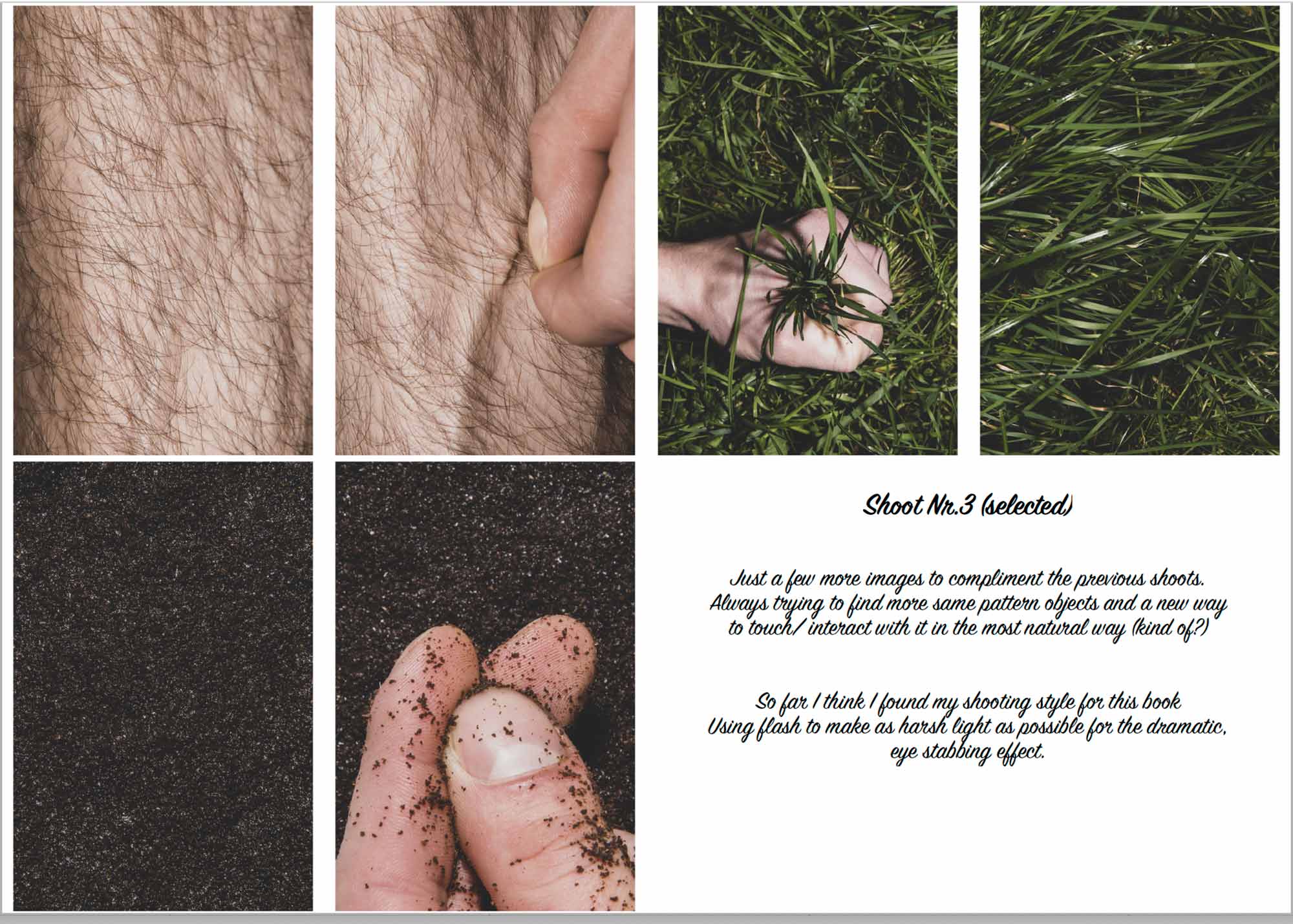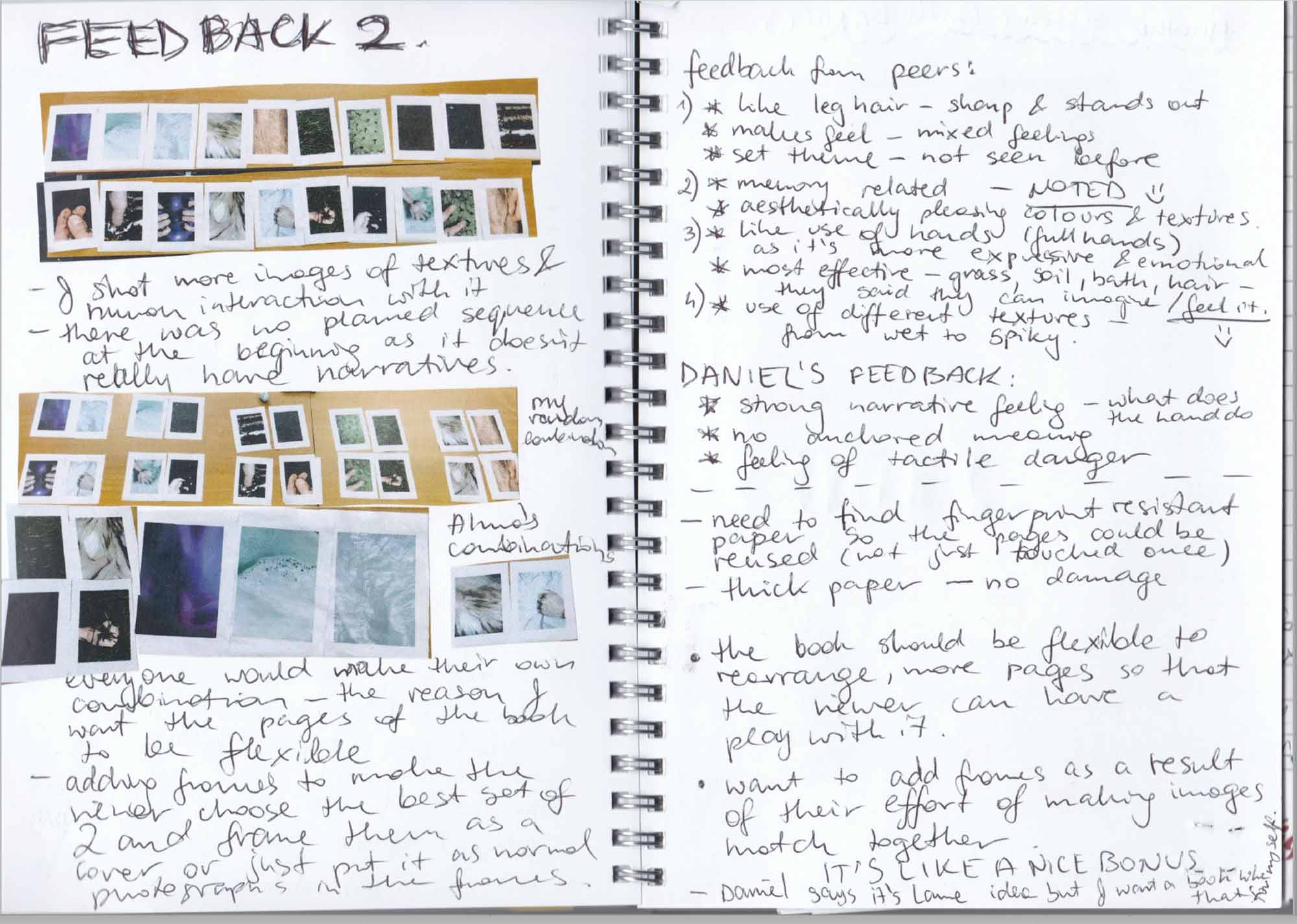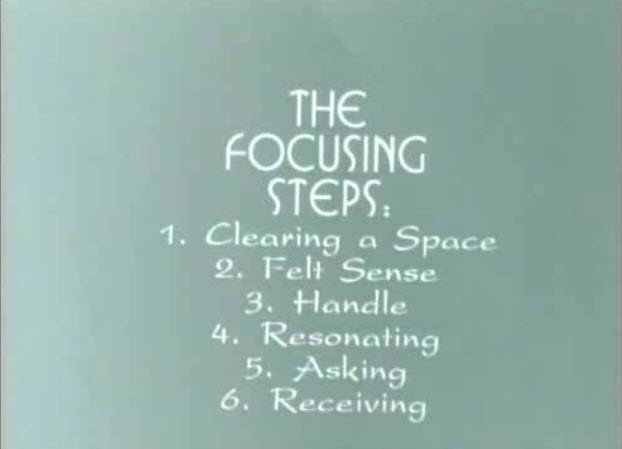SELF-PUBLISHING AND THE PHOTOBOOK
WEEKS 2+3
Materials and Artists’ Publications workshop
12:00- 14:00
Presentation and a task related to the theme of reading/ experiencing the photobook thought its materials
1. single-sheet fold book (maze)
1. photobook publishing: some references
2. photobook concept and materiality
15:00-17:00
Student Work Review
Q&A about the photobook project and portfolio.
3. photobook brief
4. project portfolio: inspiring examples
1. intro to hand-made books: folded book
Ken Ohara, Diary 1972 [vimeo+]
2. photobook concept and materiality
what is materiality in artists' publications and photobook publishing?
1. photobook publishing: some references
Photobook Phenomenon (Introduction)
CCCB, Fundació Foto Colectania, RM Editores, 2017
The intro contains two short texts
Moritz Neumiiller: BY THE BOOK (pp 4-8)
Lesley A. Martin: INVITATION TO A TAXONOMY OF THE CONTEMPORARY PHOTOBOOK (pp 12-15)
skim read them, noting only the important points
Exhibition Photobook Phenomenon 2017
The exhibition highlights the role of the photobook in contemporary visual culture and takes it as the departure point for a reinterpretation of the history of photography. Nine curators share their respective visions in a joint exhibition at the CCCB and at Fundació Foto Colectania Barcelona
There is no relevant publication until1986, the year of Alex Sweetman's comprehensive Photographic Book to Photobookwork: 140 Years of Photography in Publication. This is not only the first general history dedicated to photographic book production, but it also proposes categories based on the evolution of printing techniques and what Sweetman designates as "photobookworks".
Moritz Neumiiller
I identify three major tracks of the contemporary photobook:
1- the archive< directly addressing issues related to activating the archive through bookmaking.
2- narrative approaches< use design, materials, and types of printing to signal different narrative voices or experimental storytelling gestures within a book... the photobook as a puzzle-often an incomplete one, at that. The reader is challenged to assemble and draw meaning from a series of visual clues, and not exclusively photographic ones.
3- the materiality of the book< complicated binding techniques for fold-out books, inserts, booklets within booklets...gatefoldsAll the techniques and styles of the past are both on offer and available: "This is Not a Book"
Lesley Martin
|
V
V
Alex Sweetman, Photographic Book to Photobookwork: 140 Years of Photography in Publication 1986
photobookworks are a function of the inter-relationship between two factors: the
power of the single photograph and the effect of serial arrangements in book form.
José Luís Afonso Neves, The many faces of the photobook: establishing the origins of photobookwork practice 2017
this thesis will argue that the first eight decades of photobook practice represent a primary punctuation in
photographic book history. A period during which photographic illustration in book form developed and
consolidated what became its orthodoxy, that is, a practice predicated upon the use of photographic images
within the physical and conceptual boundaries of the page spread.
On the other hand, the full development of photobookwork practice in the late 1920s expanded photographic
illustration in book form by developing a visual discourse based on a suprasegmental, cumulative and
relational narrative that traversed the whole book.
The Photobook
From Talbot to Ruscha and Beyond
Patrizia Di Bello et al , eds)
Liz Wells,
Beyond the exhibition - from catalogue to photobook (p.129-1430
A catalogue refers to something else, to a collection or exhibition external to itself.
The origins of the catalogue lie, literally, in the listing of objects included in an exhibition (or a collection).
Differing styles of catalogue imply different purposes beyond their function as a guidebook; for example, they may be designed as souvenir items, or intended as works for scholarly study.
We can define the monograph as a bound publication by a single photographer including one or more bodies of work that might also include critical essays subservient to the photography and generated in response to it. Contemporary monographs commonly have specific themes, or, if featuring work from more than one series or project, cohesion in terms of aesthetic style, subject matter and socio-political perspective."
EXAMPLE CATALOGUE
The Land: Twentieth Century Landscape Photographs, selected by Bill Brandt, was published in 1975 by Gordon Fraser Gallery to coincide with an exhibition of the same title.1 In the acknowledgement section, the publication is described by Mark Haworth-Booth as ‘the principal illustrated record of the exhibition of the same title held at the Victoria and Albert Museum (V&A), London ... and thereafter at Edinburgh ... Belfast ... and Cardiff’ (p. 8). The book is slim, with 48 duotone pages of photographs, one by each of 46 named photographers, and 32 pages including three essays and five poems.
3. photobook brief
PHOTOBOOK
Self-published
edition of 2 copies or more
contains
a body of photographic work [ yours/archive]
title
author
colophon
additionally (if suitable)
text,
title page
other elements specific to the project.
designed in a manner that conceptually relates to its content.
hand-make
printed- on-demand, or a combination of the two.
Use the web to publicise and sell your book(s).
WORKBOOK
You will also create a digital work book
containing all of the research that you do into
photobooks,
self-publishing
and the subject of your project,
this should include
visual and
theoretical research.
Your workbook MUST contain
documentation of a book dummy
which you will submit on the 18th March
for formative feedback.
KEY DATES
18th March – hand in book dummy for formative feedback
14th May – Submission of photobook and workbook for summative feedback
4. project portfolio
Portfolio consisting of
- A resolved photobook produced in a minimum edition of 2 copies.
(submitted as a PDF portfolio, accompanied by the physical book)
- A PDF workbook recording students research and development.
(including documentation of physical experiments, mock books etc)
EXAMPLES SPP 1920
Touch portfolio
Woke Up in Quarantine portfolio
AN EXCELLENT PORTFOLIO
A great presentation of the photobook project includes:
- artists' publications/artists books/ book arts context [historical+contemporary]
- photobook context [historical+contemporary]
-artists books and photobooks on your theme
-information about the photographic collection used in the bookwork
-print tests
-paper choices
-printing decisions
-bookbinding structures
-indesign layouts
-book dummies
-final photobook
-videos of the flip-throughs with the reading experience
-conclude with what you learned (personal development)
BEWARE OF:
-cut & paste of generic galleries or artists presentations/
long (handwritten) paragraphs become illegible
simple project descriptions and visual work best
-too many screenshots of indesign and photoshop interfaces can be meaningless.
focus on the relevant process
-too many photoshoot records, leading to the final photoshoot are irrelevant
include just what led photographic collection in the photobook
PULL PURR POKE PUSH
one-sheet book
INTER-SER/ INTER-BEING
As thin as this sheet
of paper is, it contains everything in the
universe in it






